Camera Obscura
Donaukanal, 2009
A blogger that recommends the official video clip of French Navy – Camera Obscura’s latest single – described in an amusing note the band’s singer Traycanne Campbell as a hardly-ever smiling person. Indeed French Navy’s cheerful light-hearted melody is opposite to what Tracyanne is heavy-hearted singing about (so no smiling in this official video clip). Nonetheless Tracyanne can be caught far less gloomy, but contagiously mellow than several of her songs suggest. When we meet three out of five from the indie-pop combo from Glasgow in a tranquil afternoon at Donaukanal, where old ladys go for a walk and a fisherman keeps telling his stories in detail, Tracyanne is flashing several smiles while performing “French Navy” and “Honey in the Sun”. It’s either an affably look to their bandmates Kenny McKeeve on guitar and Tim Cronin on trumpet or an amused realisation that the train is rushing by at the right time as well as an anticipated interaction with a dog “that my mother used to have” that cheers her up. So this session is highly advisable to the above mentioned robbo-thecube-blogger that concludes on the Tracyanne Campbell “to smile or not to smile”-question: “But she does smile sometimes. I saw her do it once, in one of her pop videos, and it was a sight so beautiful that it etched itself on my retinas like a really good firework or something.”
- Photography
- Simon Brugner
- Artist
- Camera Obscura
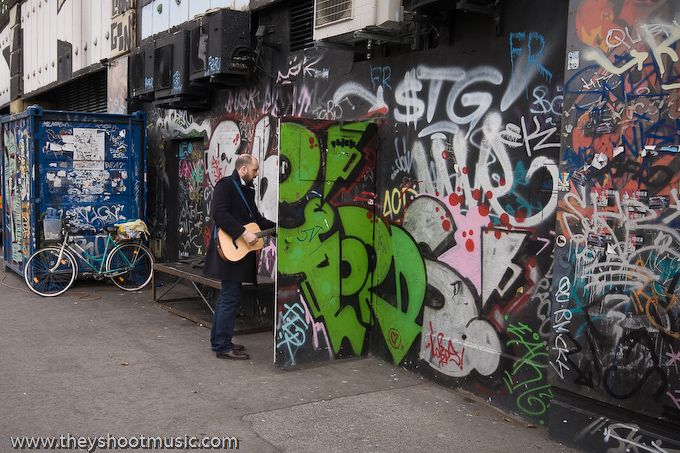
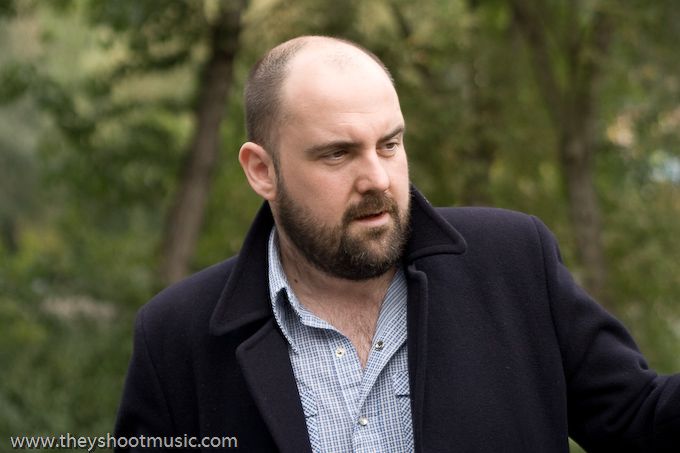
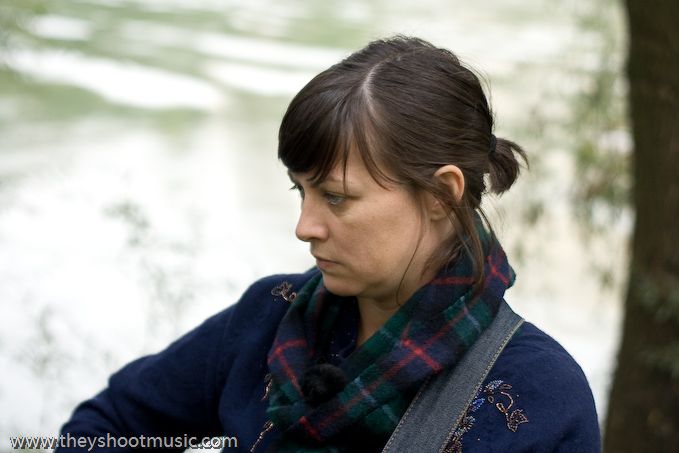
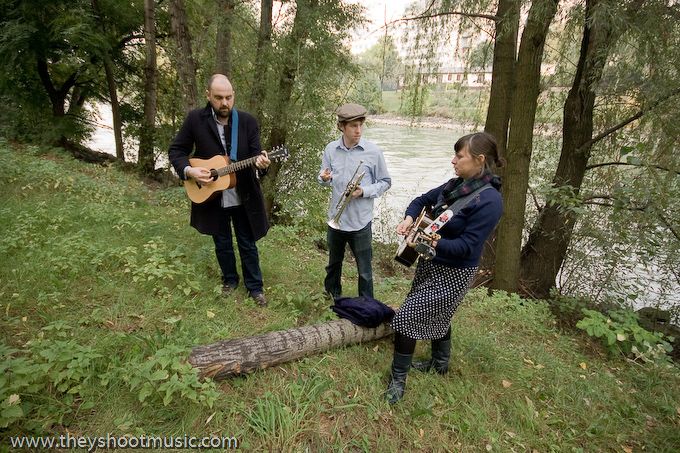
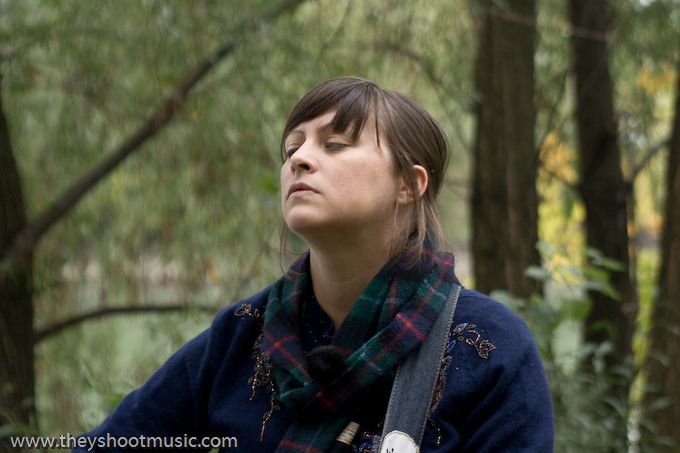
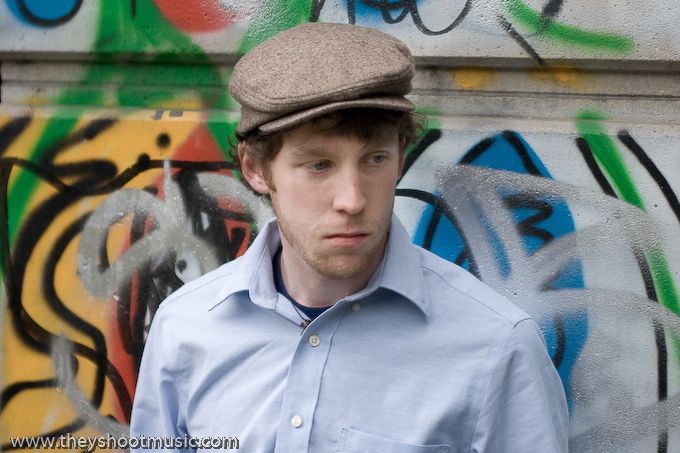
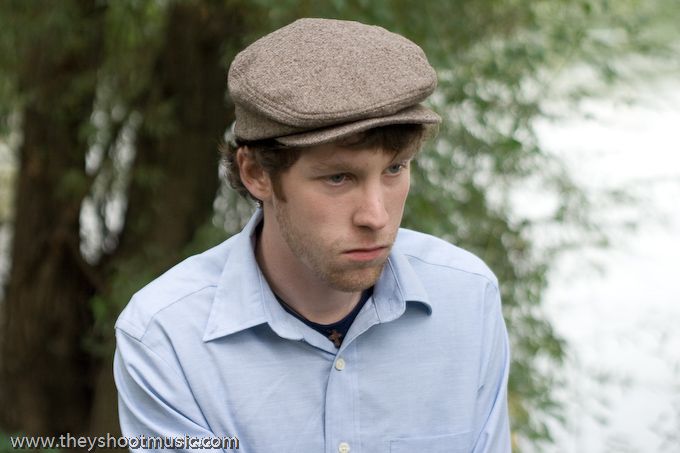
Donaukanal
Donaukanal is the southern side arm of the river Danube in Vienna. Although the 17 kilometres long canal is quite narrow it is far more connected to the city than the actual Danube, passing the Inner City including all the nightlife hotspots around Schwedenplatz as well as the popular recreation area Prater. The vicinity to the city center may as well be the reason that the canal is particularly appealing to joggers, bikers and walkers. In the past two decades local politicians often discussed chances to integrate the Donaukanal even more in the city’s life by supporting the spread of clubs and bars like the old-established Flex or the newly created Badeschiff and making it a reasonable choice to spend your night out enjoying yourself on the concrete banks of the canal. What is now the canal was the main river until medieval times. Repeated floods frequently relocated the riverbed north- or southwards and – together with extensive river training measures – changed the hierarchy. Since around 1700 the side arm is known as Donaukanal.